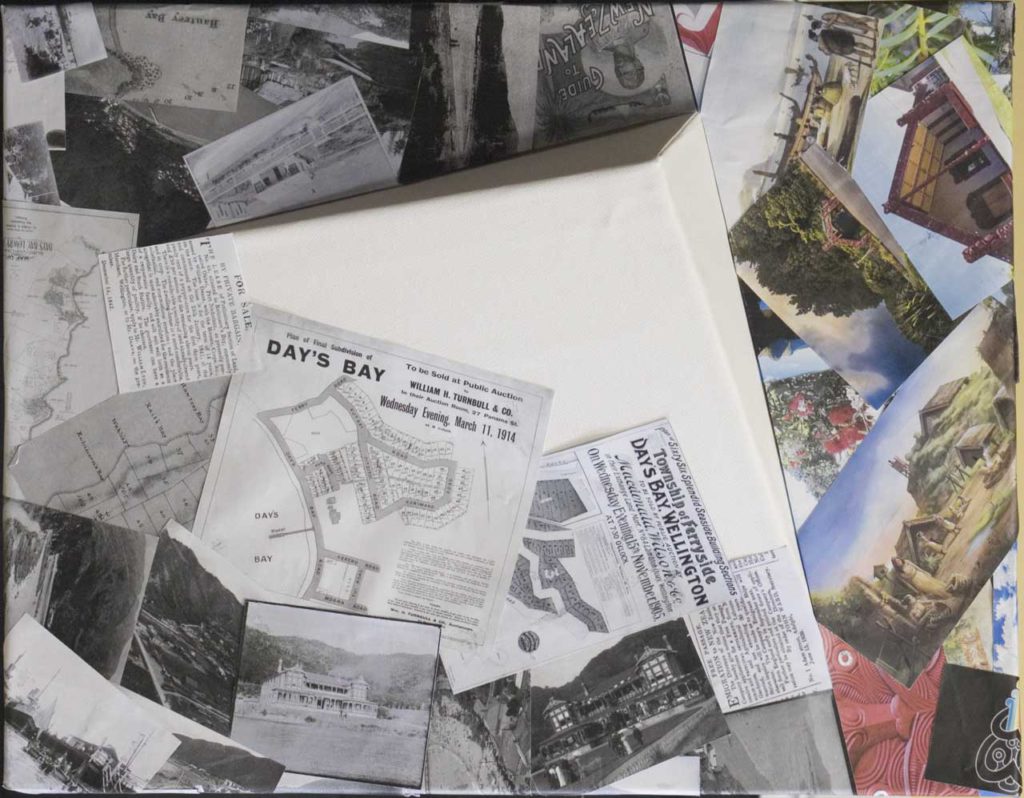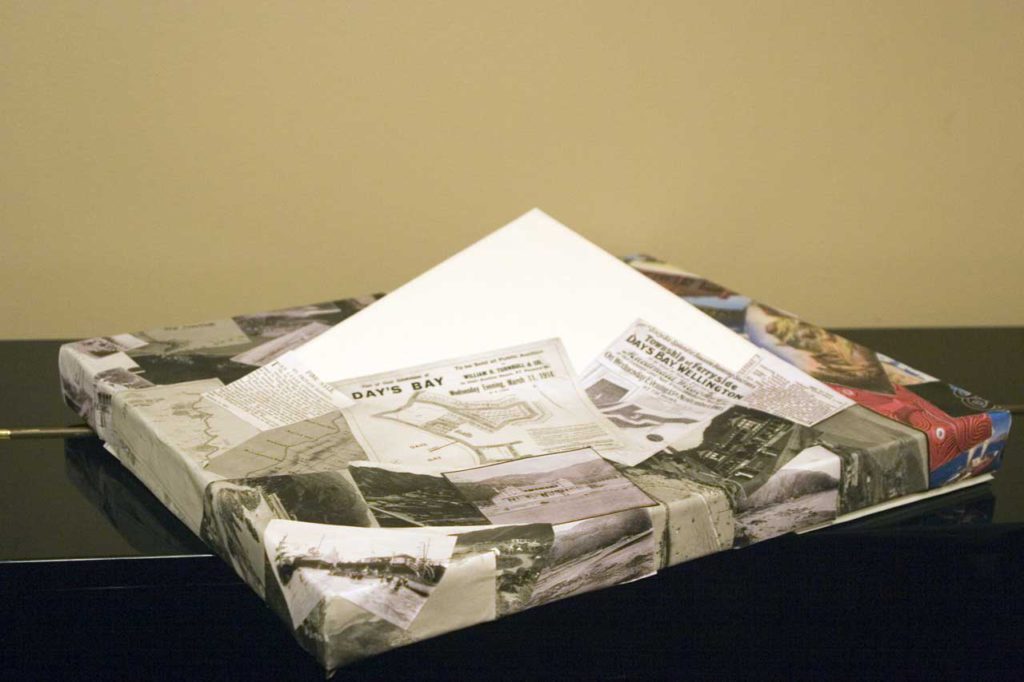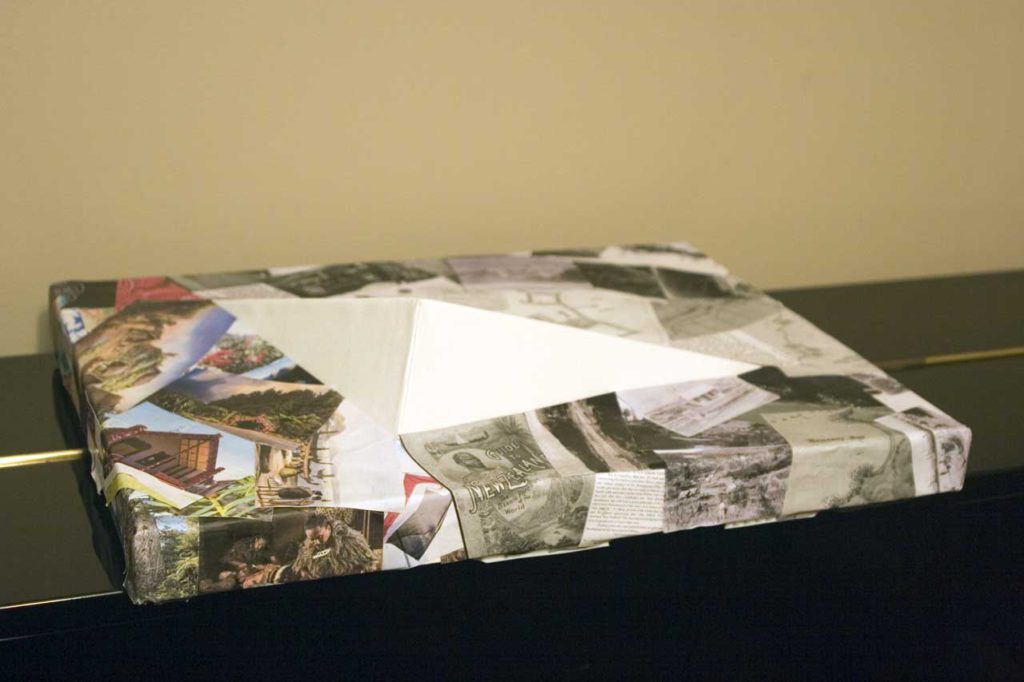Week #3: Mana Tangata
Discussion on Kumera
Nutritious, can grow easily in NZ, can store very easily. Not sure what relevance this has to whakapapa.
Some traditional Polynesian plants wouldn’t thrive in NZ.
Lots of varieties of Kumera, so there’s probably one that fits in somewhere. However, there were maybe 80 varieties, but only three left.
We have selectively decreased Kumera genetic diversity, potentially to select disease resistance, reduce competitive plants, make it easier to have large scale production, consumerization, etc.
Some efforts made late in the day to increase diversity.
“How the Gok’s saved the Kumera”.
Seed stock of Kumera given away to the Japanese by the government.
Whakapapa again as a way of showing people how to live life according to traditional values.
GMO
So the difference is speed? We hybridize things all of the time.
This is not to say that we should not pursue GMO; the issues seem to be around the cross-breeding of species.
Is it OK to apply GMO to things without a whakapapa.
Wonder how agapanthus fits into this
Michael Parekowhai, The Lighthouse, 2017, installation
The Lighthouse is an artwork by Michael Parekowhai. Its exterior is in the form of a 1:1 scale 1950s family home and its interior features an installation of light as well as a sculpture of Captain Cook, titled The English Channel. It is surrounded by a wooden jetty that “floats” on Queens Wharf. The public can explore the work by looking through its windows and doors and by climbing the staircase.
The Lighthouse is the house that holds the whole universe as we know it. The interior finish is highly reflective and features clusters of neon lights that represent the star constellations which illuminate around all of the surfaces. The combination of light and the form of the fireplace implies the notion of ahi kā; that home fires are burning and the house is warm with people.
The presence of The English Channel, sitting among the stars, grounds the work. This version of Captain Cook is not the heroic figure that we often see; instead he’s more pensive and thoughtful. He faces toward the fire, as if he’s warming his feet, but his gaze and mind are elsewhere.
The Lighthouse can be viewed from Queens Wharf or from the sea on the Waiheke or Devonport ferries. The artwork is part of Auckland Council’s public art collection, and was funded by Barfoot & Thompson and anonymous donors.
The Lisa Reihana piece
in Pursuit of Venus, the panoramic video by Lisa Reihana, is a moving image interpretation of the French scenic wallpaper Les Sauvages de la Mer Pacifique.
http://www.inpursuitofvenus.com/about
Done as a riff on old wallpaper:

Connections to transit of Venus.
Colonizers view on Aotearoa and Pacific peoples.
The Assignment
Continuing to consider the Doctrine of Discovery, and how to represent this through an art work.



